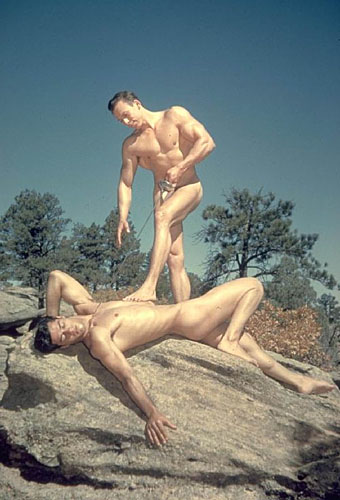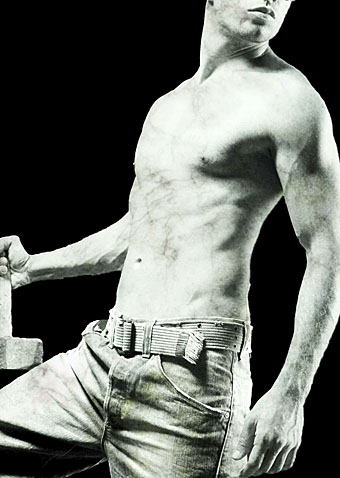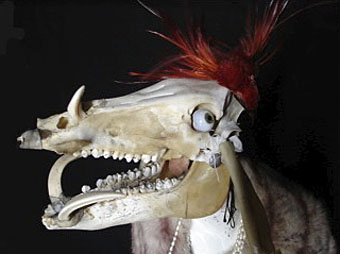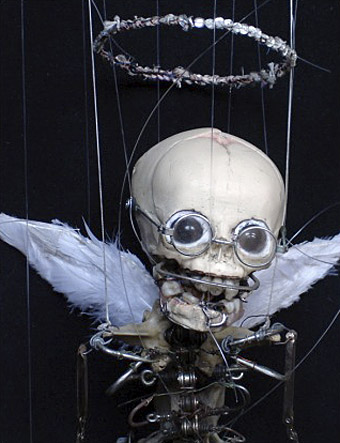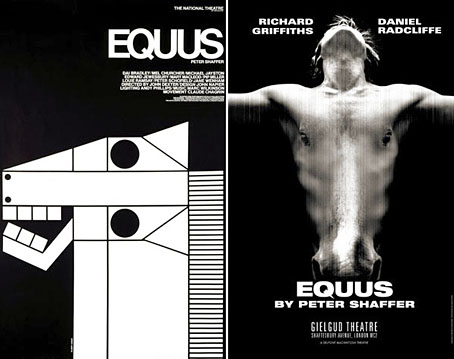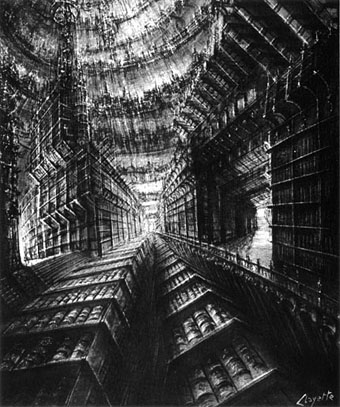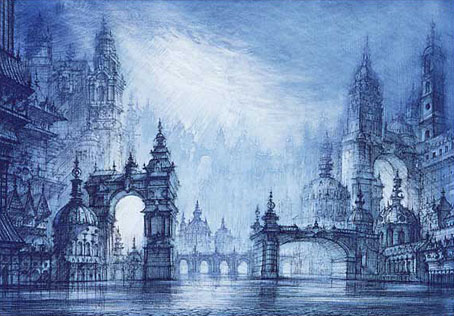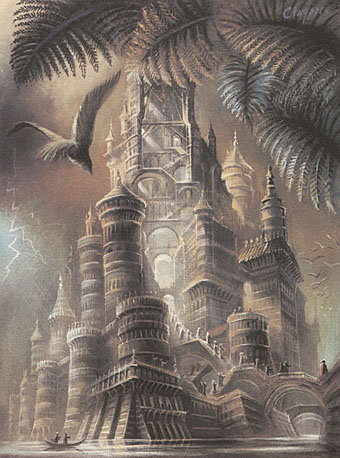More unclothed men with swords and another vintage example, shamelessly swiped from Planet Fabulon.
And while we’re on the subject of men, the Kangaroo Court Theatre Company has another new adaptation of The Picture of Dorian Gray (Matthew Bourne’s dance version is still touring) opening this week at the Tabard Theatre, London.
A daring musical adaptation transports Oscar Wilde’s masterpiece into our own celebrity-obsessed, gossip-driven times – complete with shallow pop stars, sex-crazed artists and sleazy journalists. Co-produced with Kangaroo Court Theatre Company, this new adaptation of Dorian Gray updates the story incorporating new technology and an original musical score.
The company’s site has a few more details. The way they’re using the picture below to promote the work I think we can guess the audience they’re going for.
Elsewhere on { feuilleton }
• The men with swords archive
Previously on { feuilleton }
• Matthew Bourne’s Dorian Gray
• John Osborne’s Dorian Gray
• Dorian Gray revisited
• The Picture of Dorian Gray I & II

